
So what do you do when times are tough? When manufacturers are pulling out left, right and centre and the international rule makers seem to be adopting a head-in-the-sand policy, pushing ahead with rules changes that by their very nature can only increase costs? You do what’s right for your teams and drivers: you go your own way.
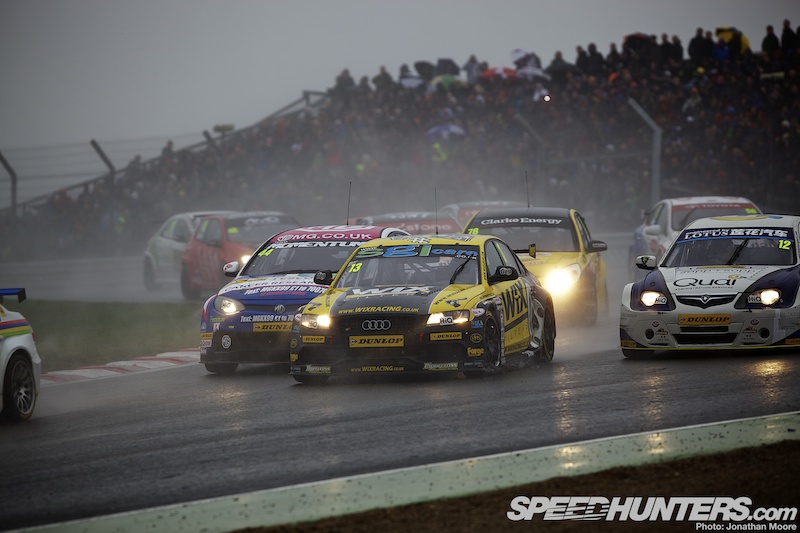
The British Touring Cars Championship has a long history of showcasing some of the most action-packed racing you will ever see: saloon cars have been rubbing panels under the label of the BTCC since the ’50s, and the series has gone through many different class structures in its time. They’ve often mirrored international standards, but at the same time the BTCC has always kept a protective, deliberately parochial eye on the national interest.
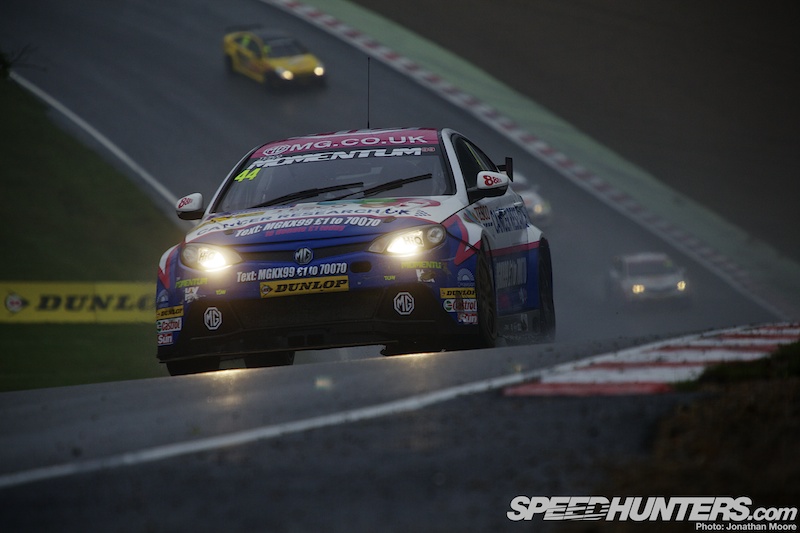
The British championship once again decided to go its own way over the last year, with the introduction of the Next Generation Touring Car rules and regulations to initially run alongside the soon to be replaced international S2000 regs.

NGTC promotes a move away from the more hatchback, production-looking cars that have been working their way into the international touring car scene over the last decade. The manufacturers might want to promote their small-engined superminis, but most race fans want to see big, be-winged, wide tourers slugging it out on track, and keep the compacts to one-make and ladder series.

Touring Cars should be big brutes: the racing equivalent of a street-fight after pub chucking-out time. The cars need to be able to absorb punishment – and dish it out as well.
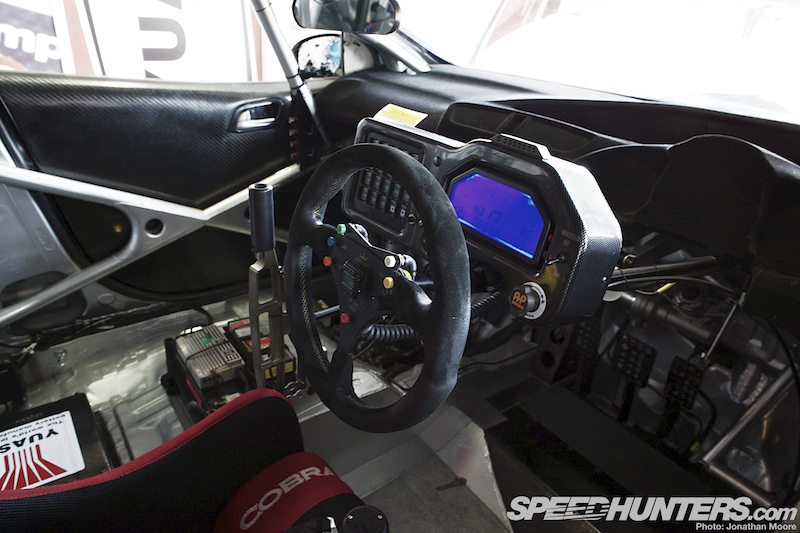
Like a lot of people I want my touring cars to be steroidal versions of what you see hogging fast lanes on motorways: run of the mill four-door saloons given a Hulk makeover and preferably with a lunatic behind the wheel.
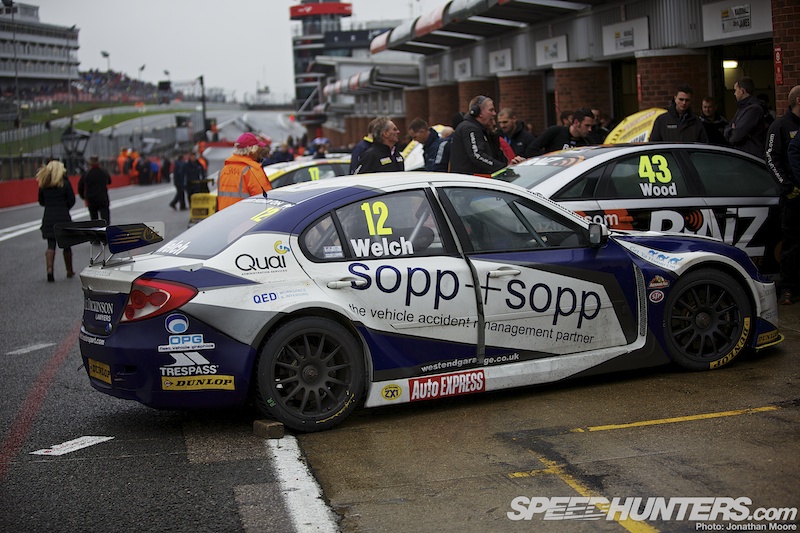
After all, most racing games you’ll ever play usually involve improving and modifying a car you’d probably never dream of buying until it looks more and more like it would fit on the grid of the BTCC or some other major racing series. And as it has ever been, manufacturers take their cars racing to improve the image – which more often than not works. SEAT and Subaru would likely not be where they are without the smell of burning tyres to back up their brands.
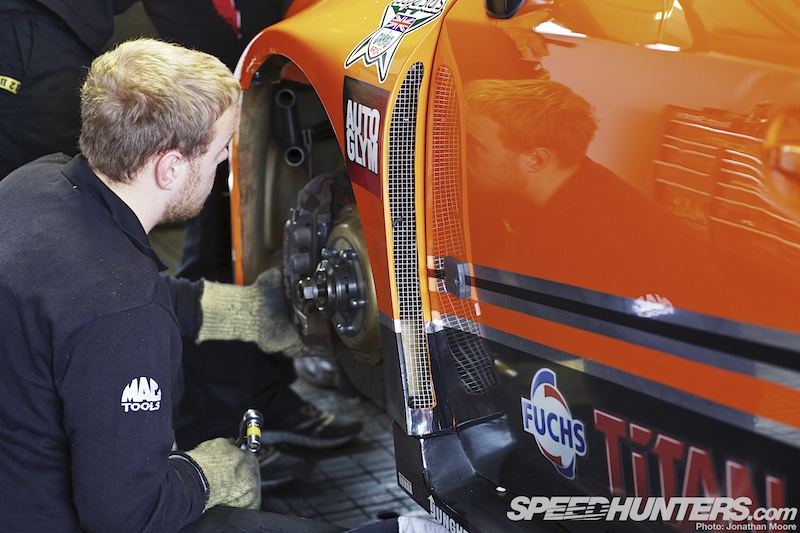
The main ethos of NGTC was to introduce standard common opponents under the bodywork (where nobody sees or likely cares about standard parts) to dramatically reduce design and build costs, to offer the supply of a standard, centrally-prepared engine and to make the cars look more aggressive.

Most importantly, it was to keep the cars fast and loud. Touring cars should go quicker, not slower. Next year the NGTC engine regs will be tweaked upwards and a turbo over-boost option introduced, making them faster than the out-going S2000 cars – this is why teams running the older chassis will have their own trophy to aim for in 2013.

The engines are 300bhp two-litre turbos with fly-by-wire throttle control. Teams can either prepare their own unit from the base engine of their chosen car to the NGTC spec or lease or buy a TOCA powerplant (prepared by Swindon Engines) ready to slot into their car with a set purchase and rebuild price. Only two engines are allowed per year, further controlling cost. Teams have taken different routes, so you can still enjoy a varied mix of raucous engines notes.

Turbo boost has become a critical issue: there’s a mandated level that the teams must not exceed, and there’s a difficult balance to strike between keeping close to that limit and exceeding it, which even the big teams have fallen foul of during the season. Front and rear-wheel drive cars are allowed, and X-Trac six-speed sequential ‘boxes and AP Racing Carbon clutches mandated.
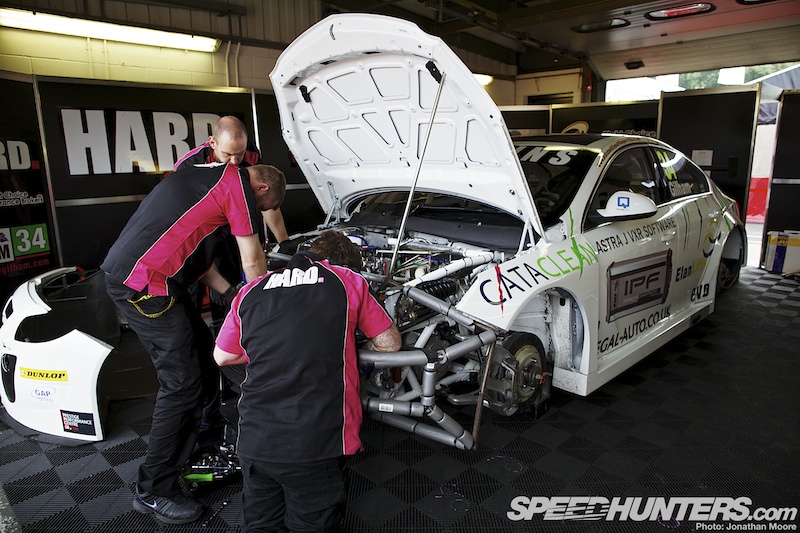
Chassis design and development is always a huge part of race car development, so NGTC provide a full front subframe that incorporates engine, suspension, brake and transmission mounting points which can be fixed to different roll cages depending on the car. Similarly, the rear-subframe is ready to mount the spec parts, and adjustable coil-over dampened wishbones are available.
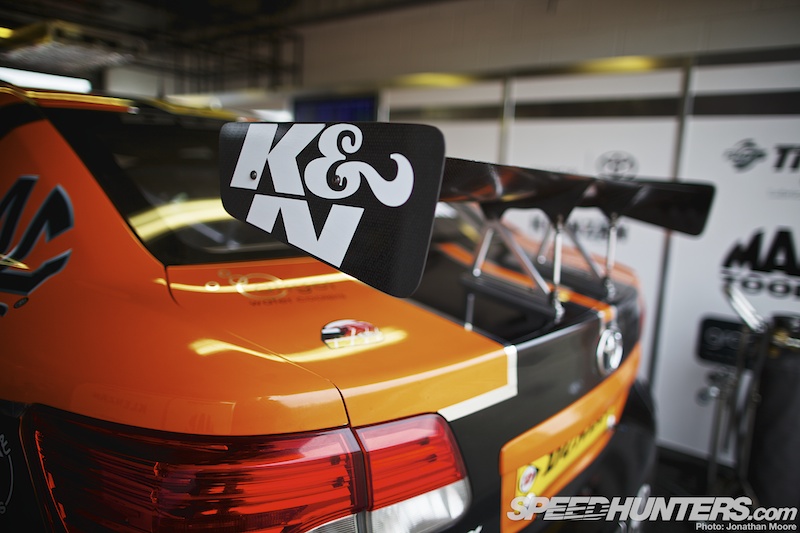
The aero package performance is prescribed, with rear wings, flat floors and cooling ducts mandated in the rules.

Cosworth supply all the electronics package, including ECU, data-logging and the dashboard; spec gearboxes and suspension packages are available.
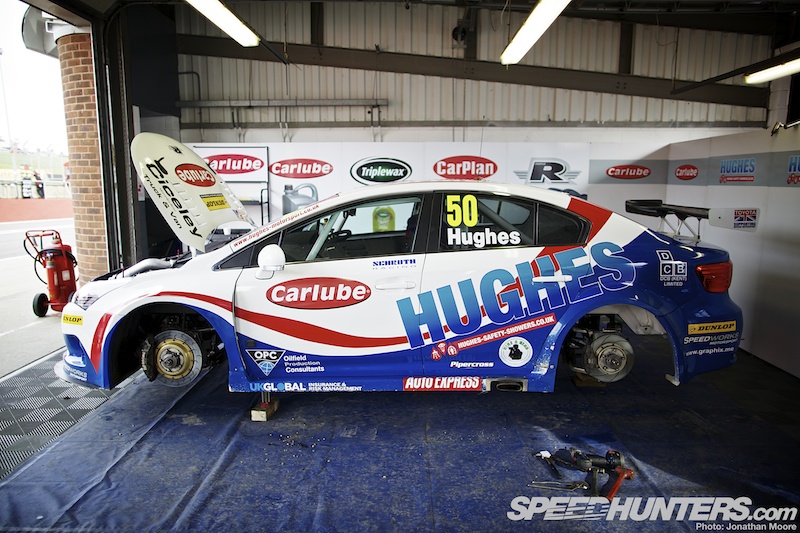
Cars must be a minimum of 4.4-metres in length, with an equalised width of 1.875 metres. The wheels have been increased in size to a centre-lock 18″ rim of the team’s choice. Camshafts, pistons, dry sump, inlet and exhaust systems are all free, as of course is the choice of car – if it’s available on a forecourt, you can enter it.

The principle has obviously worked: seven different NGTC models have so far been rolled out onto the grids of the BTCC, and only a minority from teams you would expect to have the required engineering punch. In 2011 the privateer Avensis, Proton and Audi A4 hit the tracks as full-blown NGTC cars, with Honda, Ford, Vauxhall, BMW and VW teams all swapping to the NGTC two-litre turbo powerplant.

Even better is how effective the performing balancing that sits on top of the technical regs has been: drivers have complained like crazy about a lack of speed once hit with ballast, but that’s exactly what’s supposed to happen, and why neither a single driver nor car was able to run away with the title.
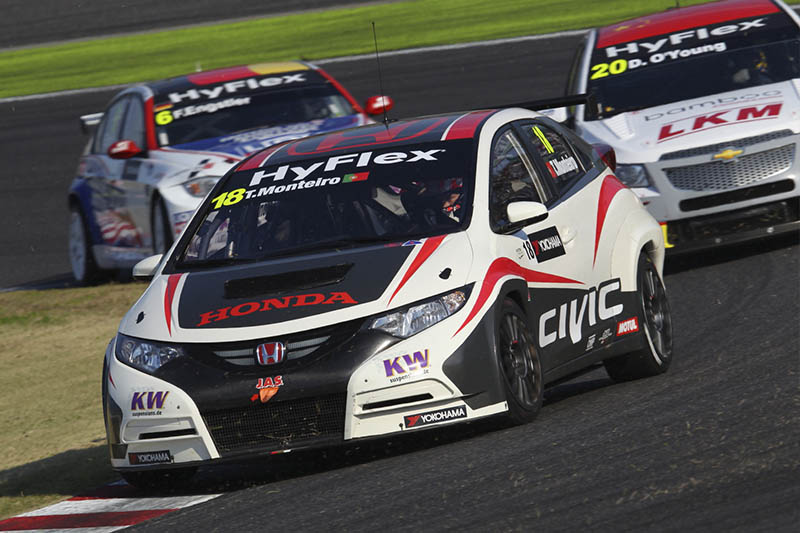
The strange thing is that long-time BTCC boss Alan Gow is also a representative of the FIA Touring Car Commission, which has set the new 1.6-litre turbo FIA World Touring Car Championship regs, as seen here with the WTCC Civic – but this hasn’t stopped him introducing his own national rules, which have also been picked up by the Swedish Touring Car Championship.

In 2012 the factory-supported teams made the move to NGTC as well: Team Dynamics/Honda Racing introduced the new Civic and MG/Triple 8 the MG6 GT. It’s interesting to see the subtle but significant differences between the British and World Civics: the BTCC car is just that little bit meaner looking – and faster.

It hasn’t all been plain sailing: there has been criticism of the NGTC, particularly the size of the spec front subframe affecting wishbone placement and handling. Also, common doesn’t mean cheap: spec parts can’t be manufactured independently, they have to be bought, which does mean that costs are still there. They are perhaps more predictable and manageable, with teams not having to maintain bespoke spares inventories.
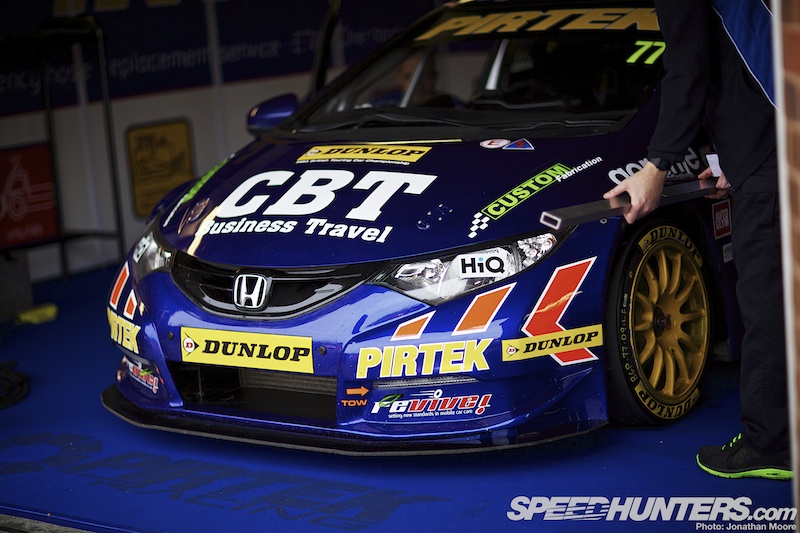
But the rules were made to evolve, and these issues are all being addressed: in 2012 the NGTC cars looked a lot more planted on track, plus had in any case been further developed. As issues with common parts come up (for instance, the MG6 has suffered a number of niggling problems with TOCA parts) they are being improved, evolved and fed back to the teams – with the entire grid effectively moving the quality and performance of parts forward.

Team Dynamics built up completely new ninth-gen Civics in the run-up to the 2012 season, using the Civic 2KC five-door as the base. In line with NGTC conventions it is longer, lower and wider than the out-going S2000 car, which it dwarfs on track: the driver sits six-inches lower and the whole chassis is lowered.

Used to building their own cars – Dynamics have built many race-winning cars over the last decade, the majority Hondas – the team have taken the mandated NGTC underpinnings where necessary but have gone their own way for the engine.
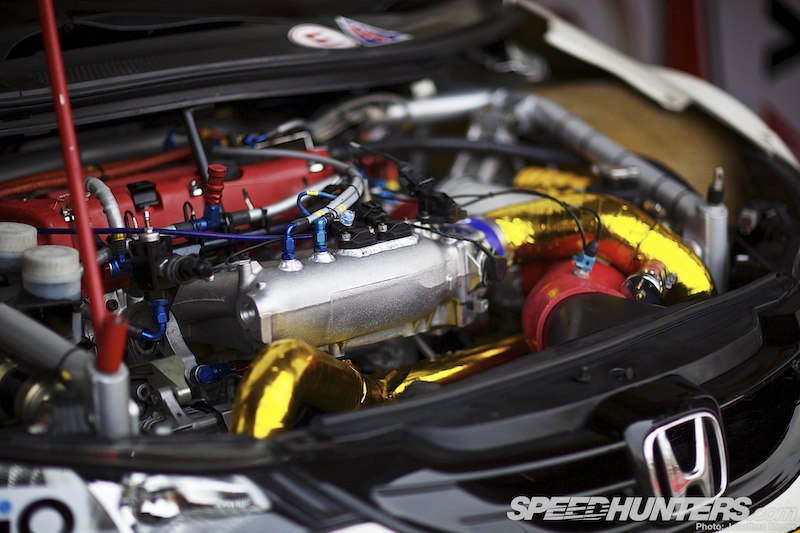
They’ve created their own rollcage and teamed up with long-time Honda engine specialists Neil Brown to create a bespoke Type R 16-valve two-litre turbo. Naturally they’re using their own Team Dynamics 18″ rims.

Honda have supplied a further pair of cars to Pirtek Racing, who have switched up from running S2000 Vectras. In the hands of young gun Andrew Jordan the Pirtek Civic has been right up with the factory cars.

Triple 8 Engineering are behind the MG6 GT. They represented the Vauxhall factory team between 1997 and 2009 and are one of the most successful teams in the BTCC: they’ve won 22 titles. MG were bought out by a Chinese consortium in 2005 after a troubled decade, and have only just returned to mainstream car manufacturing.

The announcement of the MG programme was therefore even more unexpected, and only announced two months before the start of the season, but delivered instant results in the hands of multiple champion Jason Plato.

The fastback GT model has echoes of other old British racing saloons like the Rover SD1 (if you’ve feeling very generous!) but its hihg-sided look can appear a bit wallowing compared to the other NGTCs.
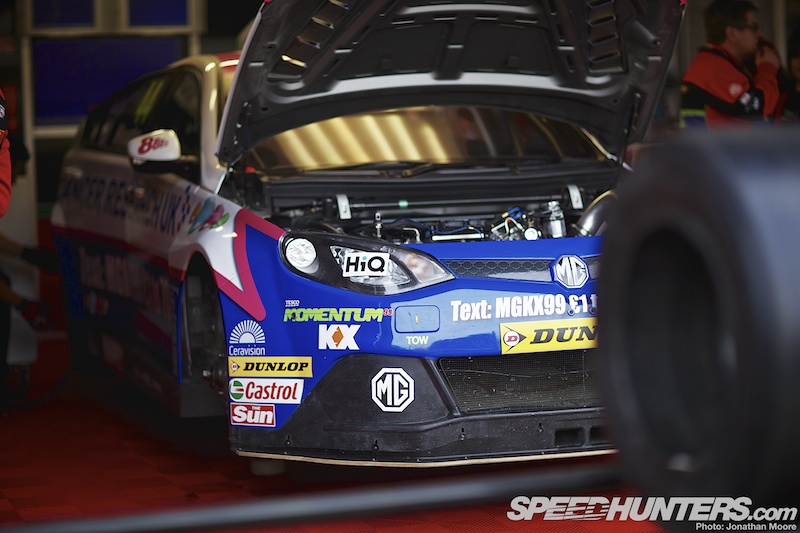
It is plenty fast though! Under the hood is a transversely mounted straight-four, which has a particularly rorty sound on track.

Motorbase are another stalwart team of the BTCC: they had been running a trio of S2000 Ford Focus before the surprise introduction of an NGTC model in the Autumn. Their ST is completely self-developed at the factory near Brands Hatch, the first time they’ve attempted to become a constructor and another testament to the NGTC rules.

That Motorbase would build an NGTC wasn’t in question: it was the fact that they completed it in the seven-week Summer break that took people’s breath away. The Focus shell had been prepared at the beginning of the year, but a serious crash for one of their S2000 chassis forced their hand. The supply of spec NGTC parts certainly helped, but the bodywork and assembly was still an enormous task.

The new Focus uses a Mountune two-litre engine – they had also previously tuned the team’s S2000 units. The only people in the BTCC outside the team who likely knew what the team were up to were rivals Team Dynamics, who had received an order for a batch of 18″ rims!
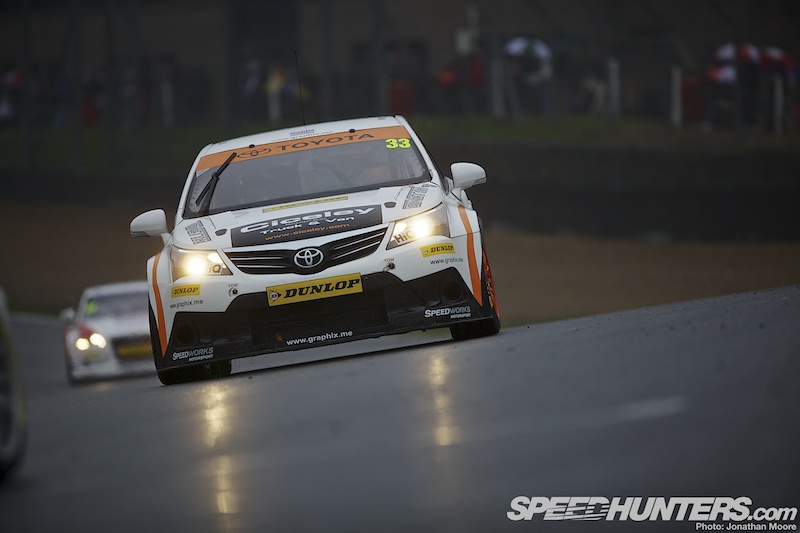
The Toyota Avensis has some tacit factory support behind it: the shells come off the production line at Burnaston in Derbyshire like any regular Avensis, before being shipped to the GPR Motorsport race shop for finishing.

The front-wheel drive Avensis has a 0-60mph time of 4.3 seconds and uses the GPR-M-built common NGTC rollcage and chassis. The Avensis acted as the original 2010 test mule for the NGTC regs so it’s not surprising that it reflect the new rules from top to bottom.
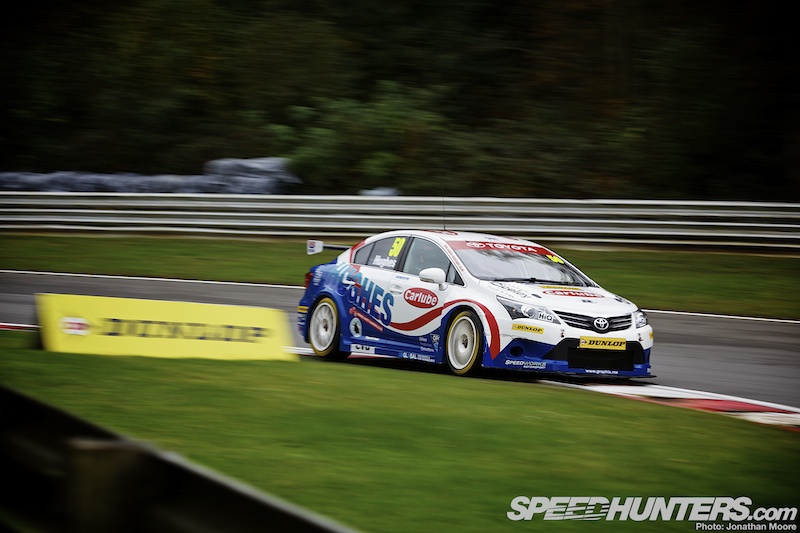
Two teams have entered the Toyota: Speedworks with a pair of cars for team owner Tony Hughes and Ginetta Supercup graduate Adam Morgan, and a singleton Avensis for Dynojet’s Frank Wrathall, who scored four overall podiums in 2011 and another two in 2012, including an overall win in the final race of the season at Brands. Speedworks use the TOCA engine; Dynojet a CTech R-developed 2-litre turbocharged unit.

The three Avensis were restyled and reengineered for 2012, with the engine installation and cooling altered and the chassis stiffened. WTCC star James Thompson also helped in pre-season testing to work on set-ups.
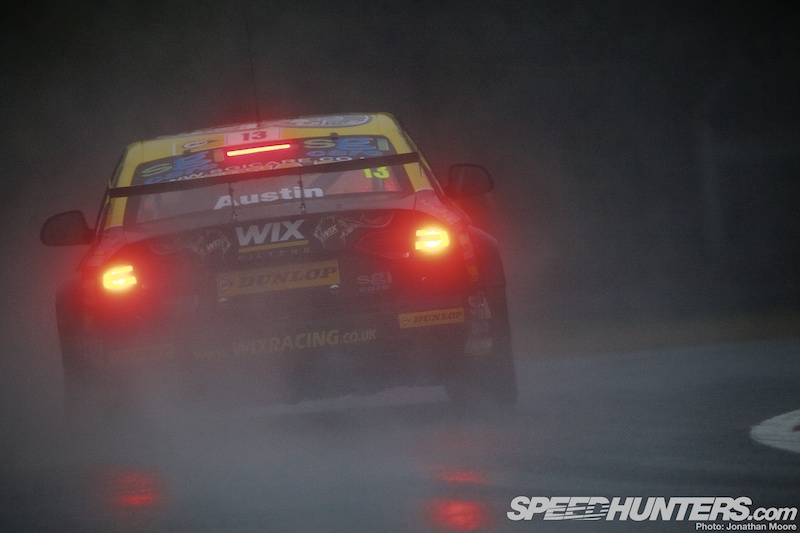
Rob Austin Racing’s Audi A4 is another car that appeared from nowhere in 2011, and it’s been gaining speed race after race and initial problems with reliability and power delivery seem to have been overcome.
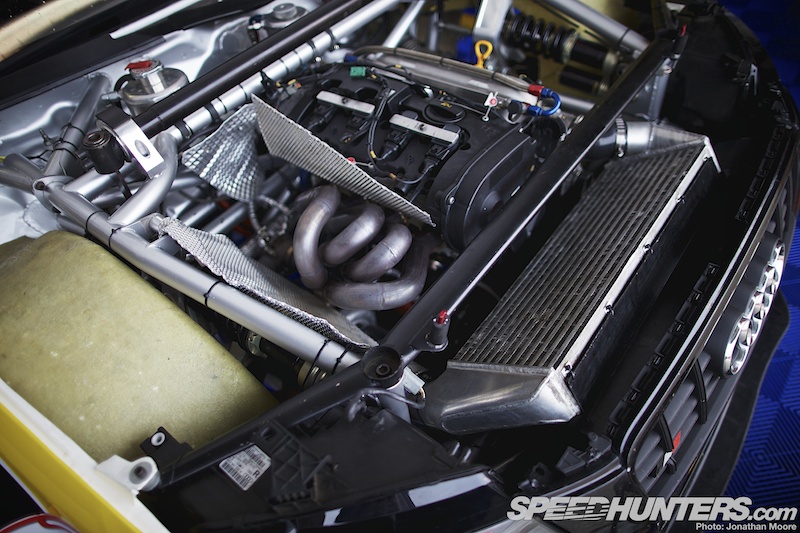
It’s the only rear-wheel drive entry in NGTC, and the team went down the bespoke engine route, with the A4’s uprated engine based on the Audi BHZ 2-litre TFSI unit, as used in the Audi S3, matched with Pectel engine management.
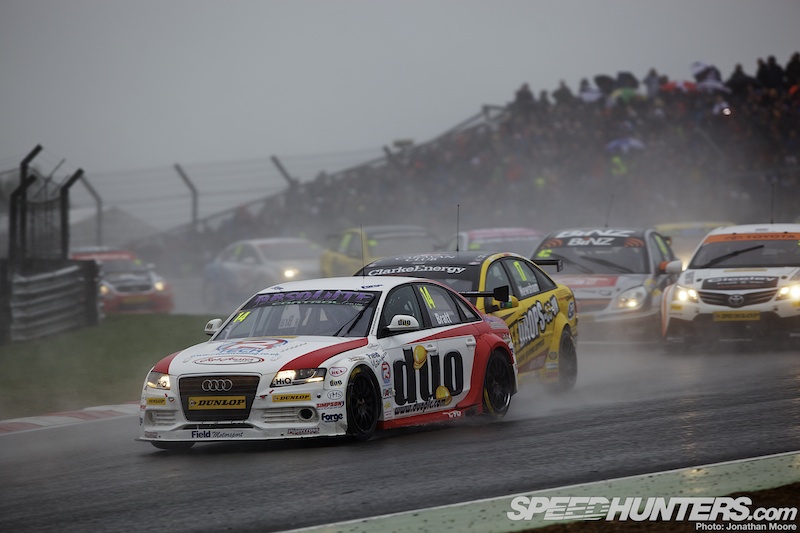
Entering two cars seems to be helping spur development of the car, something that was previously lacking, and it should be right on the pace for 2013.
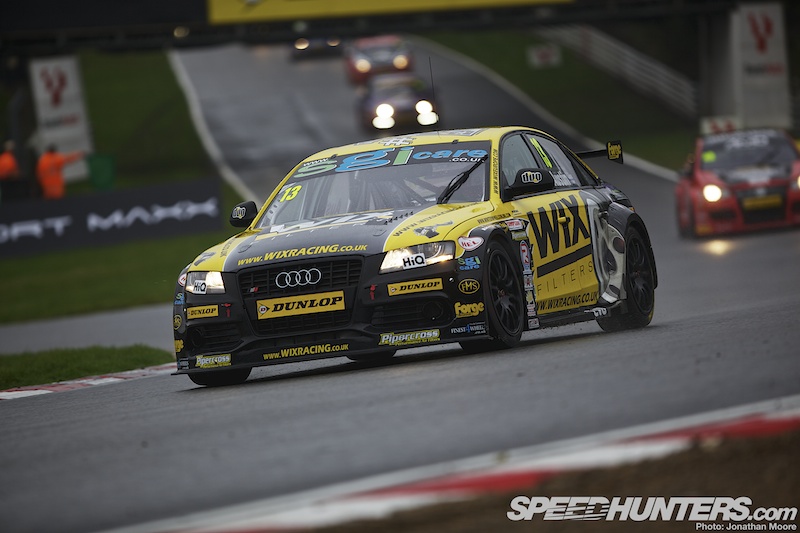
Sponsorship is always key in a top-line series, as is making an impact with your car: with new backing from Wix, Rob Austin decked out his A4 for the Brands Hatch finale to emulate the NASCAR livery of Ryan Newman’s Stewart Haas Chevrolet.

Proton had previously competed as a factory team back in the early 2000s, but Welch Motorsport have entered the first Proton into the BTCC since 2004 with their Gen-2 Persona.

Driver Dan Welch is the son of rallycross legend John Welch, whose X-Trac Escort tore up rallycross tracks around Europe in the ’80s.
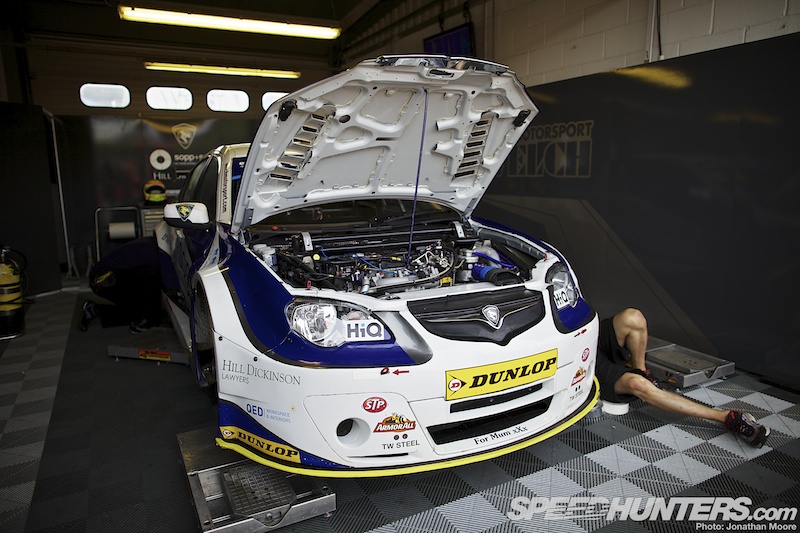
This year the car was updated to reflect the look of the Persona model, The Gen-2 runs the standard Swindon Engines/TOCA unit, and the team undertook a limited campaign as part of an extended development programme to continue to improve the Proton. It’s demonstrably worked: the car has managed to make the top 10 in qualifying and shown good pace in race-trim, though suffered from too many accidents.

The Vauxhall Insignia VXR-R was first raced last year by Thorney Motorsport, but a lack of budget and testing held the team back. This car and its sister have now been taken over by Tony Gilham’s Team HARD.
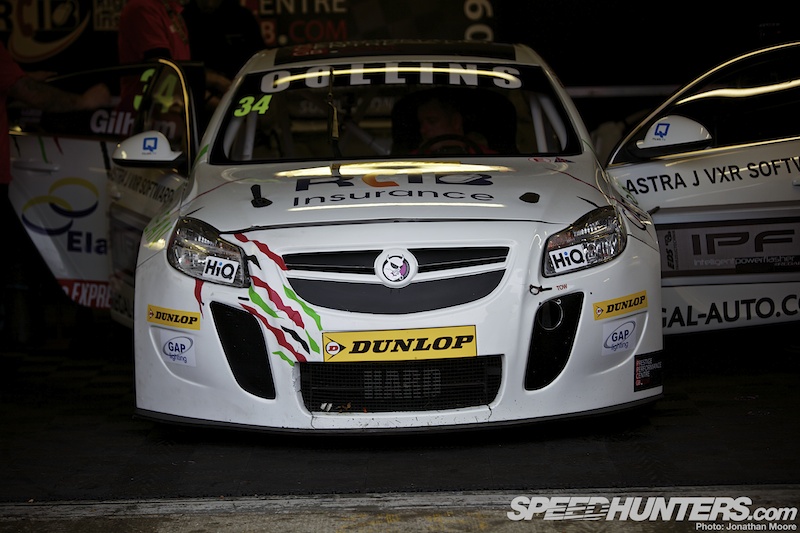
The Insignia reappeared at the Brands Hatch finale and extensive development is planned over the off-season ahead of a full campaign in 2013. Thorney are also planning to return with a new Insignia, and may be supplying further customer cars.

NGTC seems to be hitting the spot at a time when global racing series are full of tales of strife and shrinking grids. Despite the apparent risk of introducing a bespoke rules set, 2013 promises even bigger grids of NGTC cars, based around a stable calendar of races that’s makes it so much easier to keep fans on board. Fail to believe, fail to achieve indeed.
Jonathan Moore





















Nice
what the hell is proton?
More excellent work from Jonathan Moore. Congratulations, fantastic photos!
Fantastic write up! I was already planning to attend a few UK Time Attack events next year after going to the Snetterton round this year, but I'll definitely be going to at least one BTCC round next year too!
Malaysian car company, been around since the 80's iirc
^^ It was also in Gran Turismo 3 and 4 i believe ^^ not sure of the latest since I haven't played it =)
Owners of Lotus. Never really a popular car manufacturer in Britain.
Cool article! I'm a huge BTCC fan and I love the new rule set. Alan Gowe commented himself stating that the thing with S2000 regulations is that they were designed for INTERNATIONAL racing and not national series. He likes the S2000 formula but preferes it for the WTCC rather than a national championship like BTCC. Both specs are awesome! S2000 Run a more production based spec while NGTC runs a more aggresive, and custom spec. As you can see. Honda has a works program for both specs so it tells you both are certainly doing something right. But for the BTCC? I look forward to seing more NGTC models!
I HEART TOURING CARS! Wish there'd be more endurance events for them though...Now anyone do an article on the Car of the Future for the Aussie V8SC? =P
I HEART TOURING CARS! Wish there'd be more endurance events for them though...Now anyone do an article on the Car of the Future for the Aussie V8SC? =P
More great coverage Jonathon, And very well explained for those unsure of the new rules and class structures.
Do you (or anyone) have any idea how fast the RWD cars (0-60)?
YES! This has got me very interested in Touring Cars again - I need to get to a few races next year.
That Avensis is amazing too - Toyota is certainly coming back strong (after years of being very boring), I'd love them to announce a new Celica (with a more powerful TRD Supra upgrade for the hardcore) using the momentum the 86 has given them.
YES! This has got me very interested in Touring Cars again - I need to get to a few races next year.
That Avensis is amazing too - Toyota is certainly coming back strong (after years of being very boring), I'd love them to announce a new Celica (with a more powerful TRD Supra upgrade for the hardcore) using the momentum the 86 has given them.
As a Malaysian, it's a good feeling to see Proton getting some coverage here on Speedhunters. Perhaps it's time we see a blog entry dedicated to introduce Proton to reguler Speedhunters?
I'm with you on the cars having to look like pub brawlers. But I like that they aren't all 4door Rep-mobiles. I like when they take what has become a boring hum-drum granny wagon like the latest gen Civic amp it up on steroids and pit it against a pumped up taxi (Avensis) and the toiletries salesman (Insignia). The more different shapes, sizes and manufacturers there are on the grid the easier it is for the general public to relate to. It looks like some kind of bad ass shopping centre car park!
I'm looking forward to next years season already.
... I just want it on the record that I was in no way calling Tony Gilham a Toiletries Salesman. There's a reason his team is called HARD.
Hope to see more BTCC coverage next year.
"The wheels have been increased in size to a centre-lock 18″ rim of the team’s choice", All teams have to use the same Team Dynamics 18" wheels